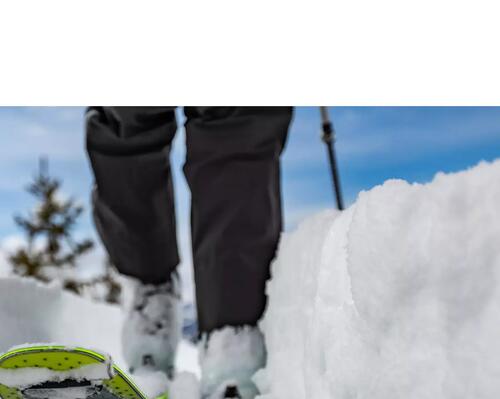How to choose your touring skis
You can maintain your cross-country skis yourself with a few tools and the right gestures. There are several components of cross-country skis that deserve special attention, as they deteriorate with use and have an impact on the performance and life of the skis.
1. Soles: We're not talking about the soles of your boots, but those of your cross-country skis. They are located under the skis, along their entire length. The soles is where you install the skins.
2. Edges: these are the metal edges on the sides of your ski, at the level of the sole. They are sharp and ensure a good grip in the snow and the control of your trajectories.
3. Skins or anti-slide fluff: These strips of synthetic fabric (and no, it's not real sealskin!) with hair on one side and glue on the other are placed on the sole. They allow the skis to grip well to avoid going backwards when climbing.
4. Topsheet: this is the area on top of the skis where graphics and branding are usually located. The topsheet serves as a protective layer to preserve the core of the skis.











